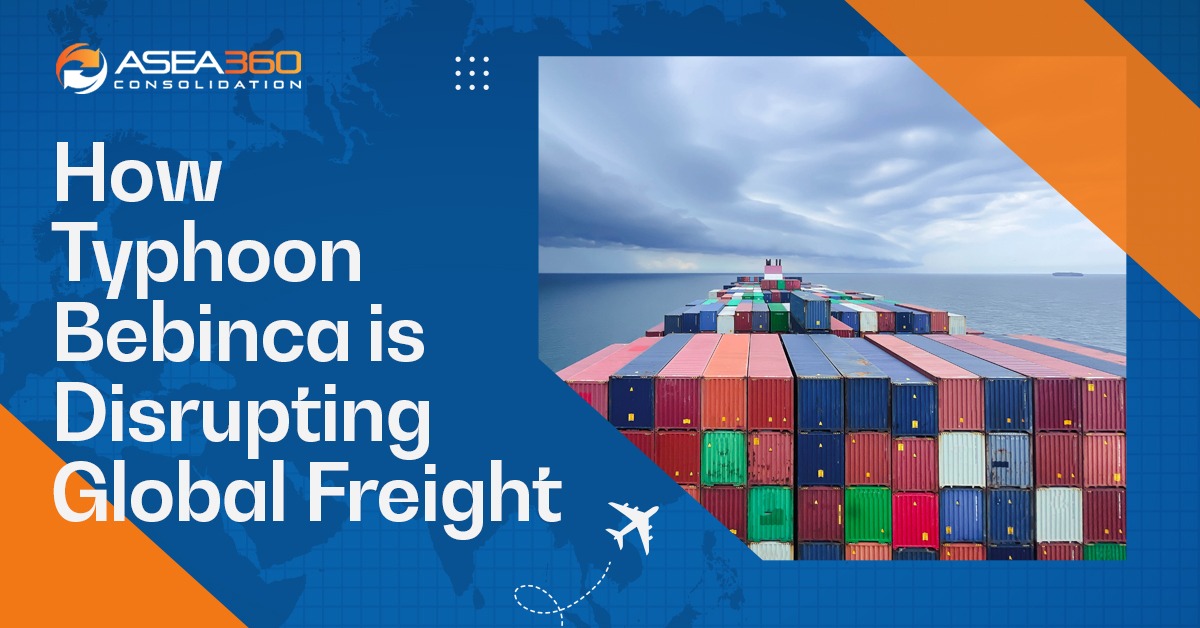Introduction:
Freight forwarding can be a costly business, especially with fluctuating fuel prices, customs duties, and multiple shipments. Freight consolidation is one of the most effective strategies for reducing shipping costs while maintaining high standards of efficiency. By merging smaller shipments into one larger one, companies can realise significant savings, streamline operations, and improve overall logistics efficiency. In this post, we’ll break down how consolidation works and the numerous benefits it offers.
1. Cost Savings through Shipment Consolidation
Consolidation helps reduce freight costs by combining smaller shipments from multiple suppliers into one larger shipment. The key advantage is sharing transportation costs, which significantly lowers the price per unit shipped. For example, instead of sending multiple small shipments with separate fees, you can merge them into a single load. This leads to savings in customs fees, handling charges, and fuel costs. ASEA360 helps clients identify the most cost-effective ways to consolidate their shipments while maintaining optimal delivery timelines.
2. Streamlining Customs Clearance
Customs clearance is a crucial but often time-consuming part of the shipping process. Each shipment requires proper documentation, inspections, and sometimes fees. When shipments are consolidated, customs clearance becomes simpler and more efficient. By reducing the number of shipments, businesses can avoid delays and cut down on redundant paperwork and fees. ASEA360’s team of customs experts ensures that all consolidated shipments comply with the latest regulations, minimising delays and maximising savings.
3. Environmental Benefits of Consolidation
Consolidating shipments not only reduces costs but also helps freight forwarders lower their environmental impact. Fewer shipments mean fewer trips, reduced fuel consumption, and lower carbon emissions. In an era where businesses are increasingly being held accountable for their environmental footprint, freight consolidation is a sustainable option. ASEA360 supports clients in aligning their logistics practices with environmentally friendly solutions, ensuring both cost-effectiveness and sustainability.
4. Efficiency and Improved Customer Satisfaction
When shipments are consolidated, logistics operations become more streamlined. This results in faster handling, improved delivery schedules, and better overall management of goods in transit. Consolidation can also enhance customer satisfaction, as products are more likely to arrive on time and in good condition. ASEA360 ensures that each consolidated shipment is meticulously managed, providing timely updates and efficient delivery, thus helping businesses maintain strong relationships with their customers.
Conclusion:
Freight consolidation is a proven strategy for reducing shipping costs, enhancing operational efficiency, and aligning with sustainability goals. ASEA360 specialises in consolidation services that help businesses optimise their shipping processes while maintaining high standards of quality and compliance. If you’re looking to cut costs and improve logistics efficiency, contact ASEA360 today to learn how our consolidation services can benefit your operations.




